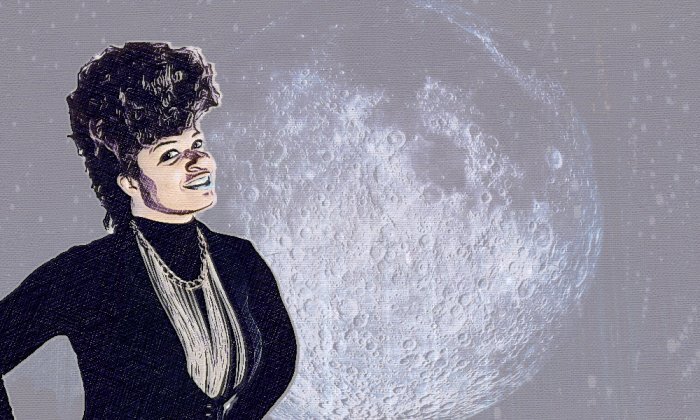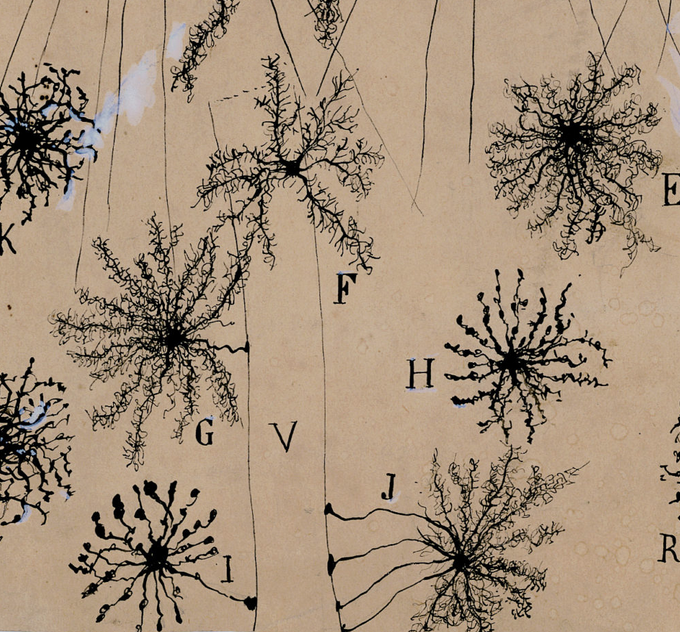Reporting
The Secrets of Persistent Innovators
Rotman Management | Winter, 2023
When the Chicxulub asteroid struck Earth 65 million years ago, most dinosaur species perished, clearing ecological space for the mammals hiding in the underbrush. But one group of dinosaurs survived, and even learned to fly. Today we call them birds. Persistent innovators are the eagles of the business world, and my interviews with leaders of these companies for InnoLead’s podcast Innovation Answered showed how they manage to soar above the crowd. What keeps them aloft, exactly? Rotman Management, the quarterly magazine of the University of Toronto’s Rotman School of management, asked me to share my top four takeaways from the podcast miniseries.
Alien Dreams: The Surprisingly Long History of Speculation about Extraterrestrials
MIT Press Reader | August, 2021 | Syndicated at Inverse, Curio, and other publications
The idea that other worlds might be home to alien beings has been part of our thought for as long as we have been looking skyward. This essay covering the history of critical thought about the idea of extraterrestrials from ~600 BCE to 1950 CE is adapted from the first chapter of my 2020 book Extraterrestrials, and seems especially relevant at a time of increased (but ill-informed, in my opinion) interest in UFOs and UAPs.
“A Veil Was Broken”: Afrofuturist Ytasha L. Womack on the Work of Science Fiction in the 2020s
MIT Press Reader | August, 2021
The Afrofuturism movement within sci-fi may be equal to this tumultuous moment in world history, in part because it grows out of its own history of displacement, atrocity, and instability. That’s part of what I learned from Ytasha L. Womack, author of Afrofuturism and Post Black, in this interview for Make Shift, a volume of “post-pandemic” science fiction stories from MIT Technology Review and the MIT Press exploring a world irrevocably altered by the coronavirus pandemic. We talked about Womack’s experience of the pandemic, the racial justice movement that swept the nation in 2020 at the same time as the virus, and how science fiction can help us imagine a healthier, fairer society. Now the entire interview is available to read on the MIT Press Reader site.
American Reckoning
Soonish | October 11, 2020
President Trump’s dog-whistling to armed supporters could provoke violence on or after Election Day. But that’s not our biggest problem. (Published on Medium, this is an essay version of my special two-part Soonish series on the Trump presidency and the crisis of democracy: Civil Wars and How to Stop Them and A New Kind of Nation.)
Life As We Don’t Know It
ScientificAmerican.com | April 7, 2020
I’ve come to suspect that there’s something missing in our approach to the search for off-world intelligence. This search is built around the hope that if technological societies are out there, they’re communicating (1) using the parts of the electromagnetic spectrum we can most easily scan from Earth’s surface, namely radio and optical frequencies, and (2) using encoding schemes such as pulse modulation that we can easily recognize. Those assumptions made sense in the early days of SETI in the 1960s, when the field was still a quirky offshoot of radio astronomy. But today they seem fatally Earth-centric and human-centric. Photo by Jonathan Martin / Unsplash
Biomolecular Condensates for Beginners—and Aliens
Condensates.com | January, 2020
There are no perfect metaphors in science. But if you think of the body as an office building divided into floors (cells), and of proteins and other cellular workhorses as company employees who must meet up periodically to advance their work, it can begin to help you understand an important but mysterious phenomenon that is now beginning to be exploited for pharmaceutical research: the biomolecular condensate.
What Is the Future of the Internet?
Xconomy | July 2, 2019
On October 29, 2019, it will have been 50 years since engineers sent the first message over ARPANET, the US military-funded academic network that established the control and communications protocols behind today’s internet. At such moments, there’s an irresistible temptation to gaze both backward, asking how we got here, and forward, asking what the global network’s next half-century might be like.
Inside the House of Lies at Theranos
Xconomy | June 24, 2019
Before our eyes, the media industry is hijacking the Theranos story and turning it into a Silicon Valley-style true-crime spectacle, complete with beguiling villains and blood. Lots and lots of blood.
The Cambridge Monorail That Wasn’t
The Boston Globe | December 27, 2018
Cambridge, Massachusetts, was home to one of the world's first monorail systems — an experimental track in place from 1884 to 1894. What happened?
Bewitched, Bothered, and Bewildered by Brain Images
Flagship Pioneering | October 25, 2018
The Spanish neuroscientist Santiago Ramón y Cajal felt that to see an object properly—say, a Purkinje neuron, with its branches as luxurious as a sea fan’s—he needed to draw it. But his freehand pencil-and-ink sketches were not exact depictions of the cells he had so painstakingly stained and fixed under his microscope. They were interpretations; they were arguments. Cajal drew not just to see but to explain. Today, more than 80 years after Cajal’s death, neuroscientists have traded their pencils for electron microscopes and MRI machines. These new tools also produce mesmerizing, multi-colored, often computer-animated images—pictures that have fueled countless scientific papers and popular accounts of progress in brain science. But they represent a looming trap.
Chet Kanojia Paints Vision of New Kind of ISP at Starry Internet
Xconomy | January 8, 2018
When it comes to buying home broadband service, there hasn’t been an abundance of choices. If you have at least two decent options—say, Comcast and Verizon—you’re in the lucky half of the population. One-quarter of U.S. households have no choice at all. But that’s all starting to change, and the cable giants aren’t the only companies battling to provide more options to consumers. One Boston startup, Starry Internet, is gambling that it can win big by bypassing the existing wired infrastructure and charging less for wireless Internet access—making the business so unprofitable that the larger players walk away. And the startup is doing that by deploying an array of advanced wireless technologies.
This VR Exhibit Lets You Connect with the Human Side of War
MIT Technology Review | December 6, 2017
…As I walk through three more virtual rooms and meet more combatants—gang members in El Salvador, a reservist in Israel and a Palestinian fighter in Gaza—I hear that shared hope flicker through in answer after answer. These men all have different stories, different traumas, and different allegiances. But their dreams are the same.
Beyond the Science Wars: Stories of a Shared Future
WBUR Cognoscenti | April 27, 2016
I’m steeped in a worldview that says evidence and experimentation are the keys to solving society’s big problems. But many of my fellow citizens seem to live in a different reality. This can be endlessly frustrating. We could be figuring out ways to slow climate change and adapt to its effects, but instead it feels like we’re still wasting time arguing about whether it’s real and what’s behind it. On bad days, it all leaves me feeling gloomy about the future of our country — and, indeed, our planet. But what if my frustrations are misplaced?
Jenna Pirog on Virtual Reality in ‘The Displaced’
Nieman Storyboard | January 19, 2016
For fully immersive storytelling, there’s a new tool in the arsenal, one that may force writers and audio producers to work harder if they hope to keep up. It’s virtual reality filmmaking. VR’s arrival as a powerful documentary medium was underscored late last year by the November 5 release of “The Displaced.” The New York Times Magazine’s 11-minute VR film chronicles the global refugee crisis from the point of view of three displaced children and their families in Lebanon, South Sudan, and Ukraine.













